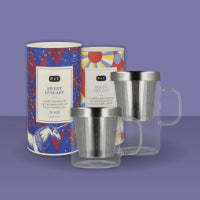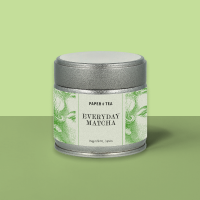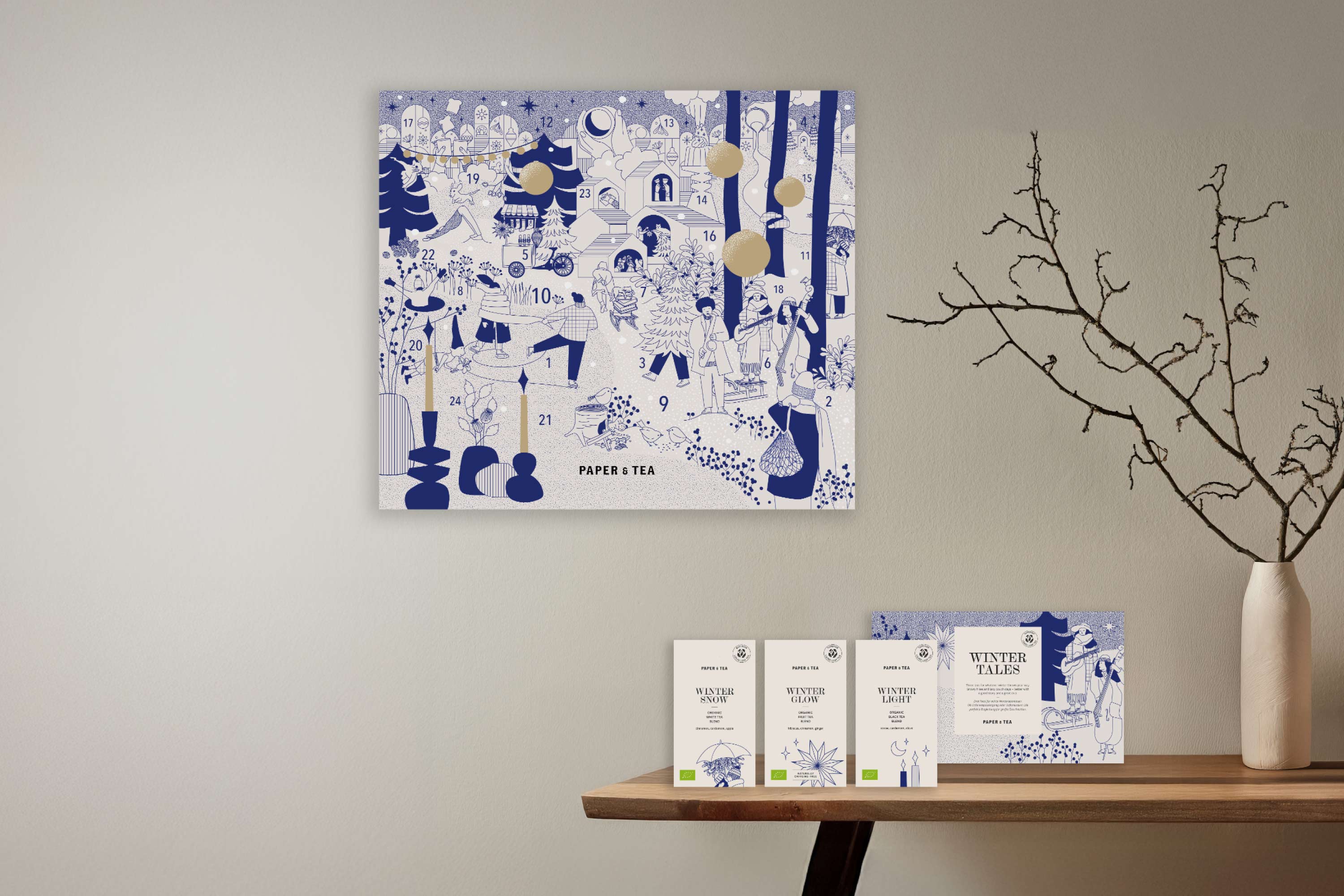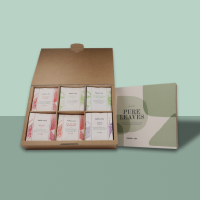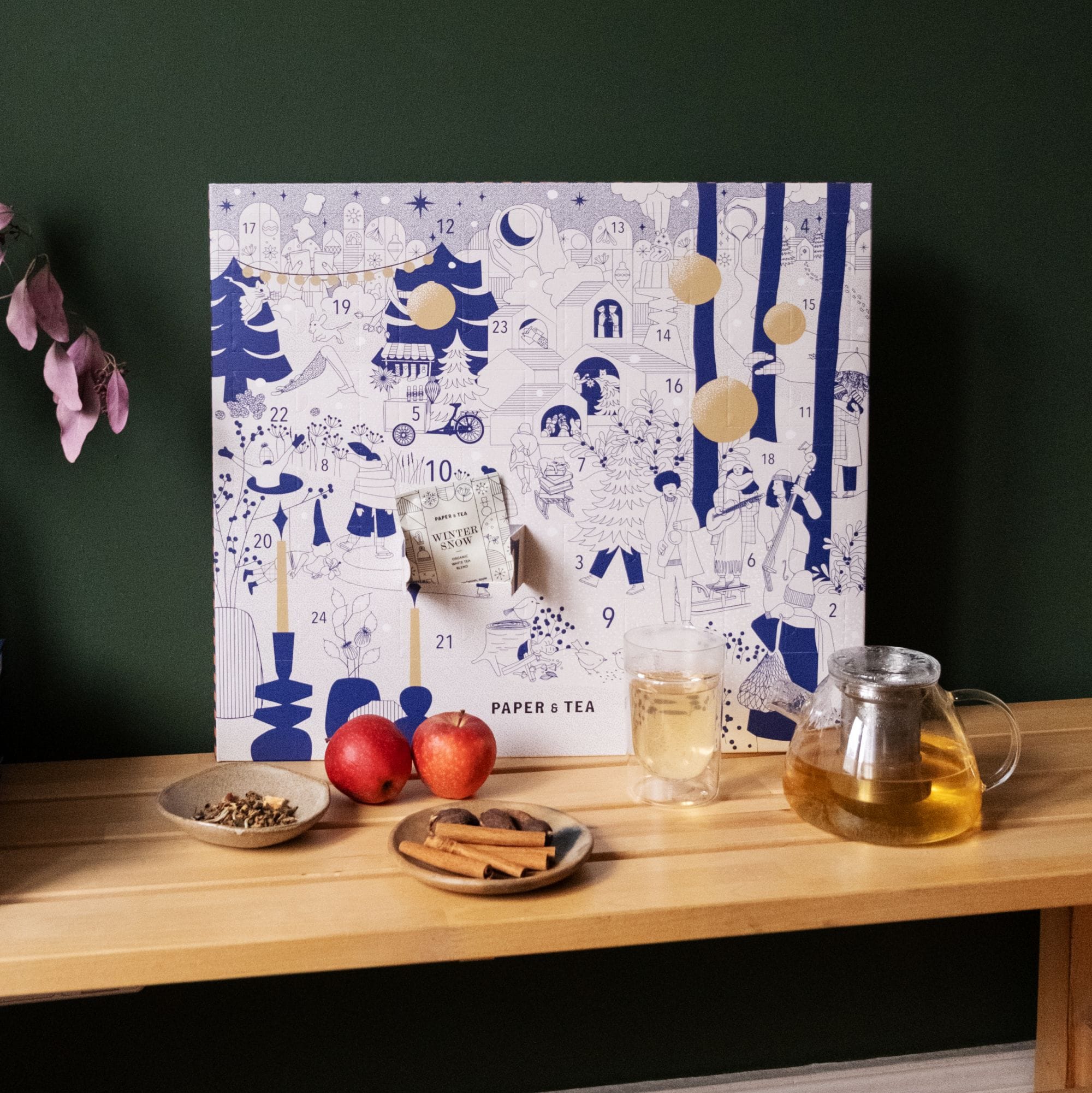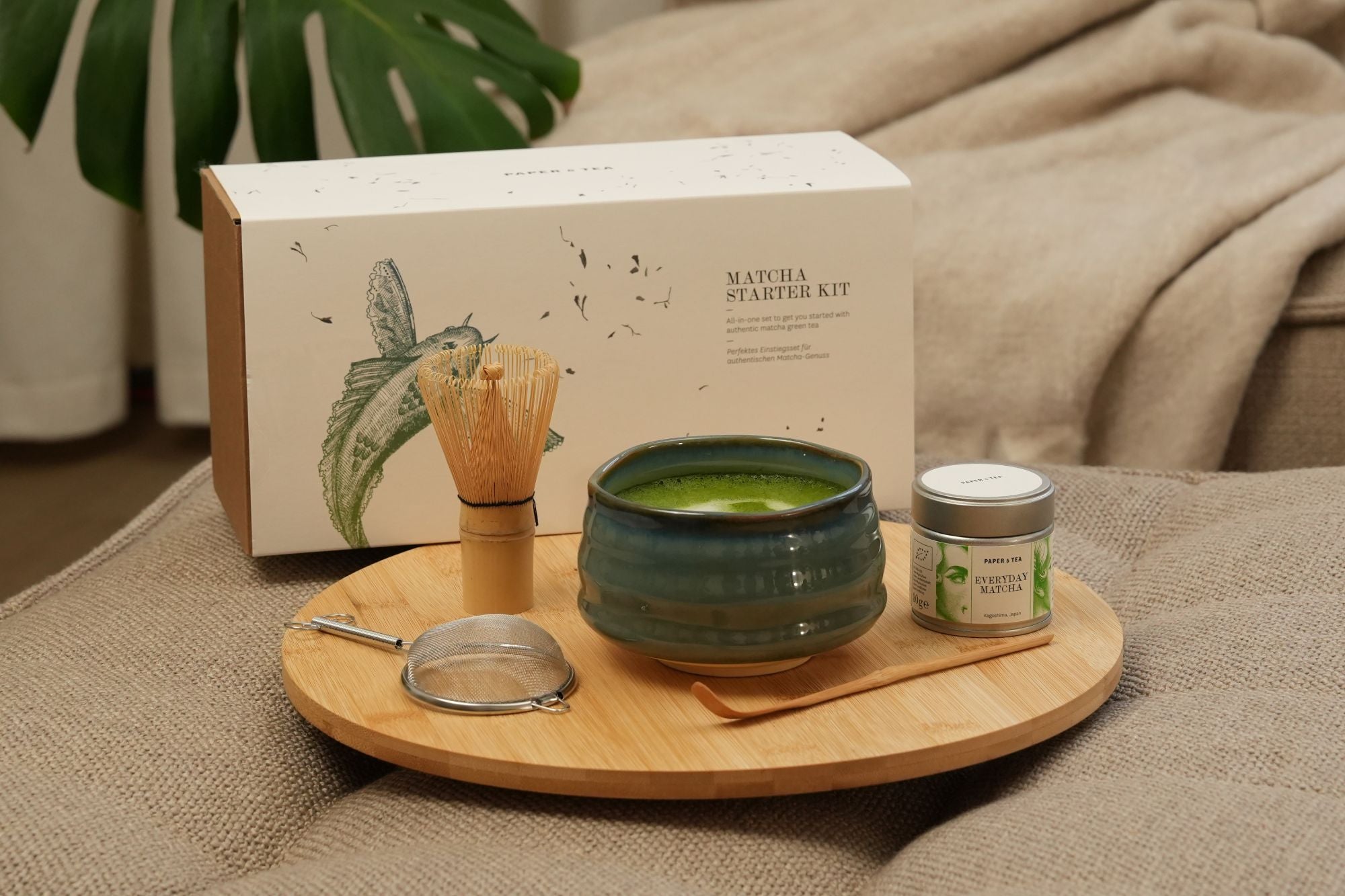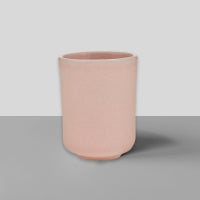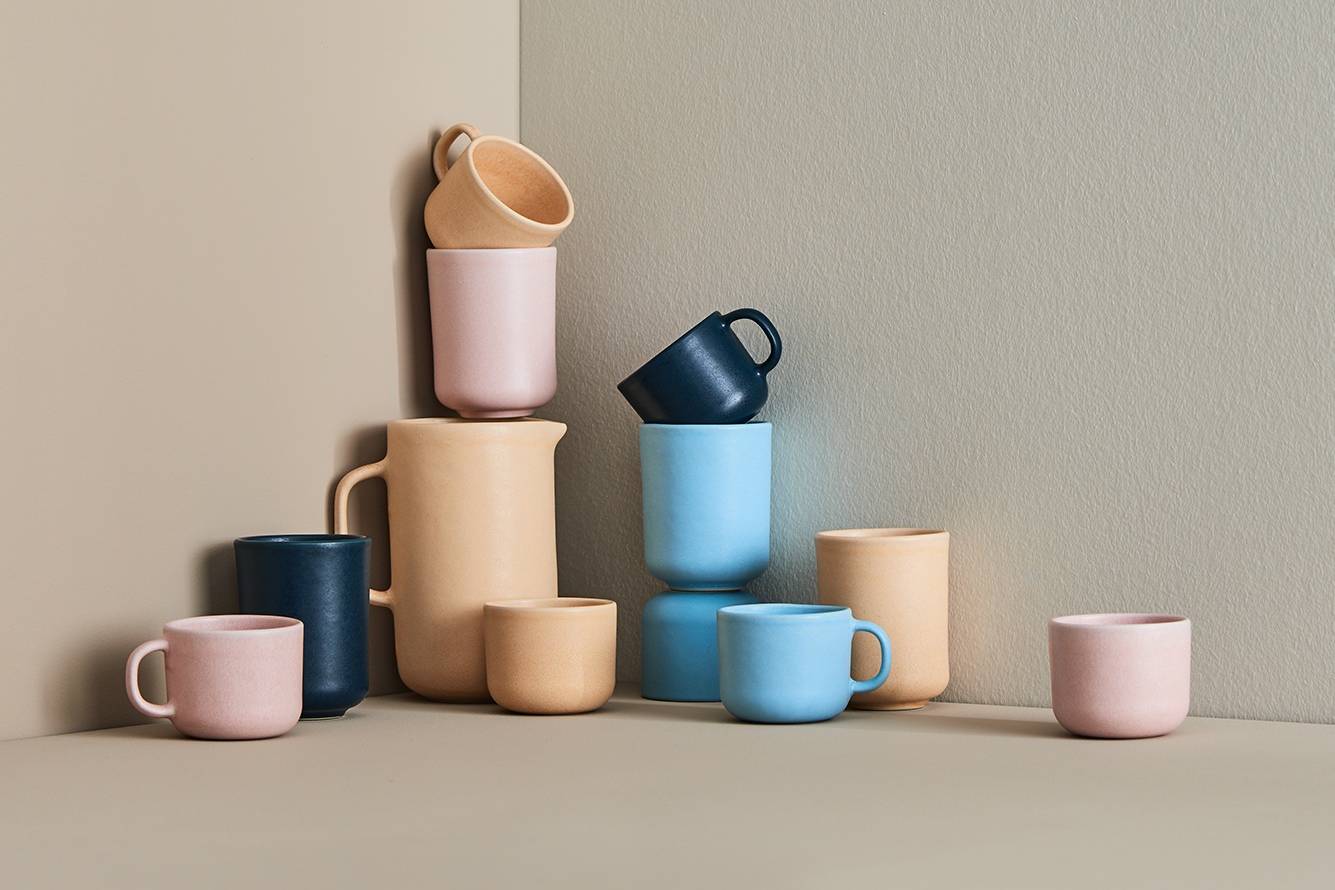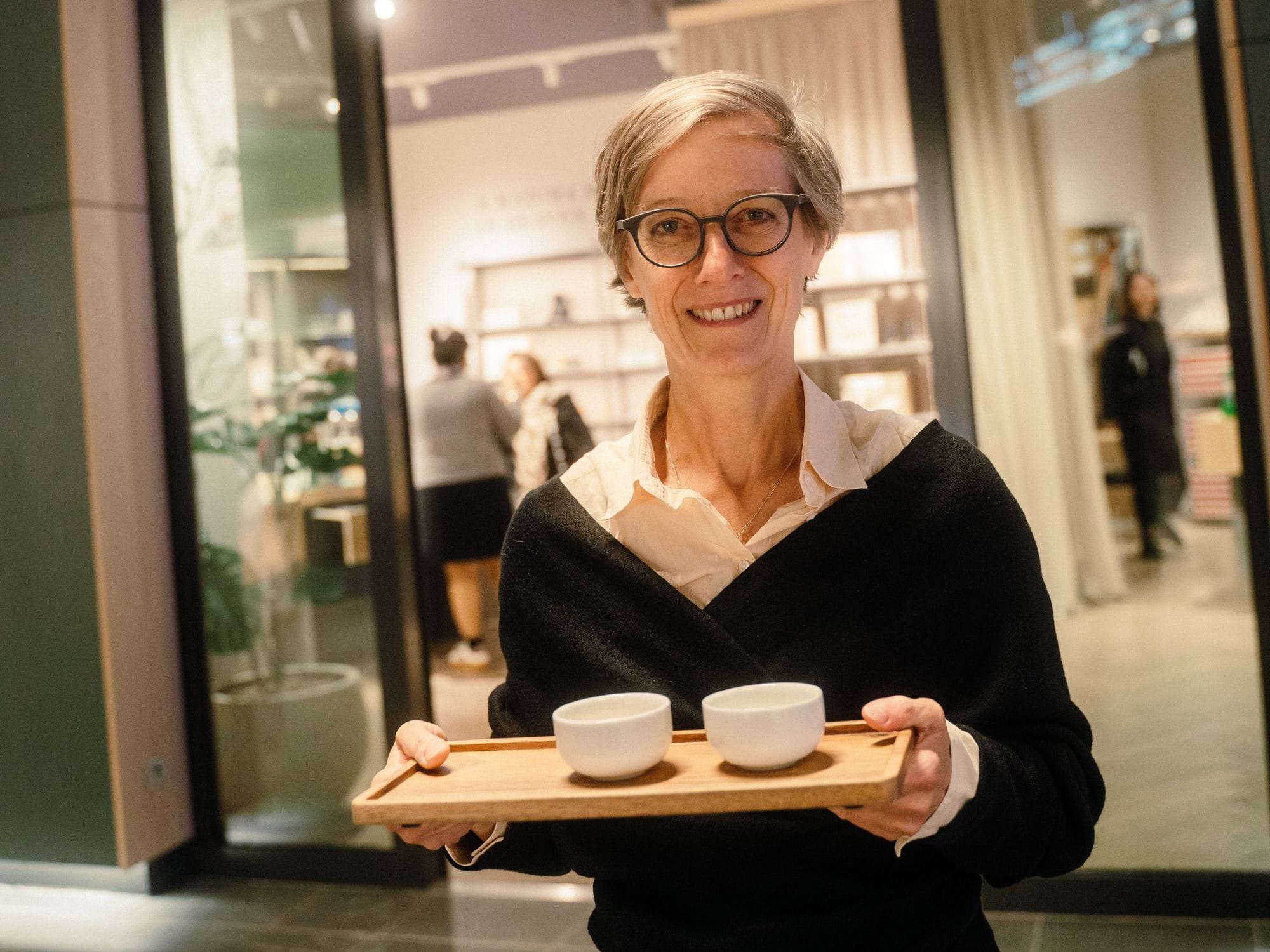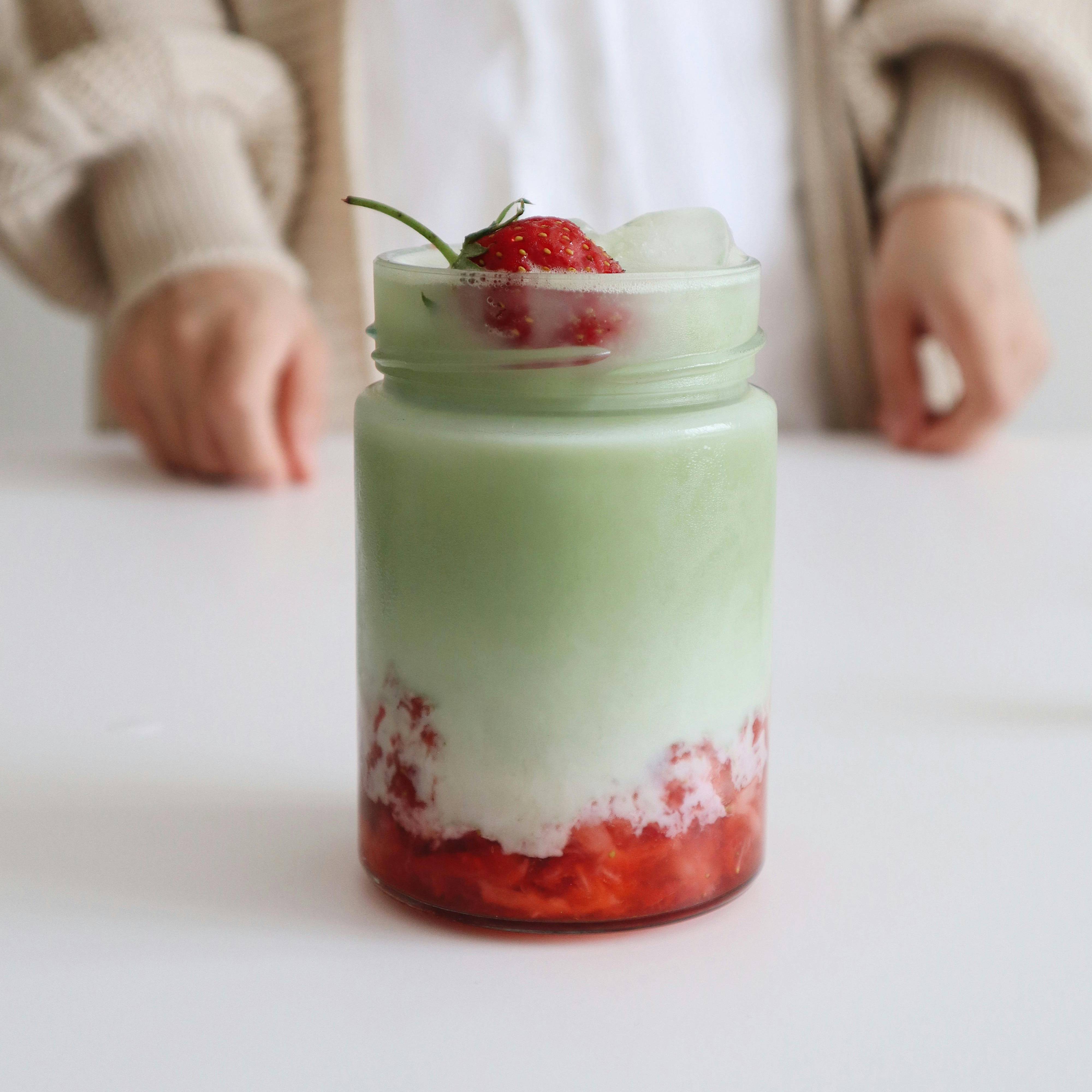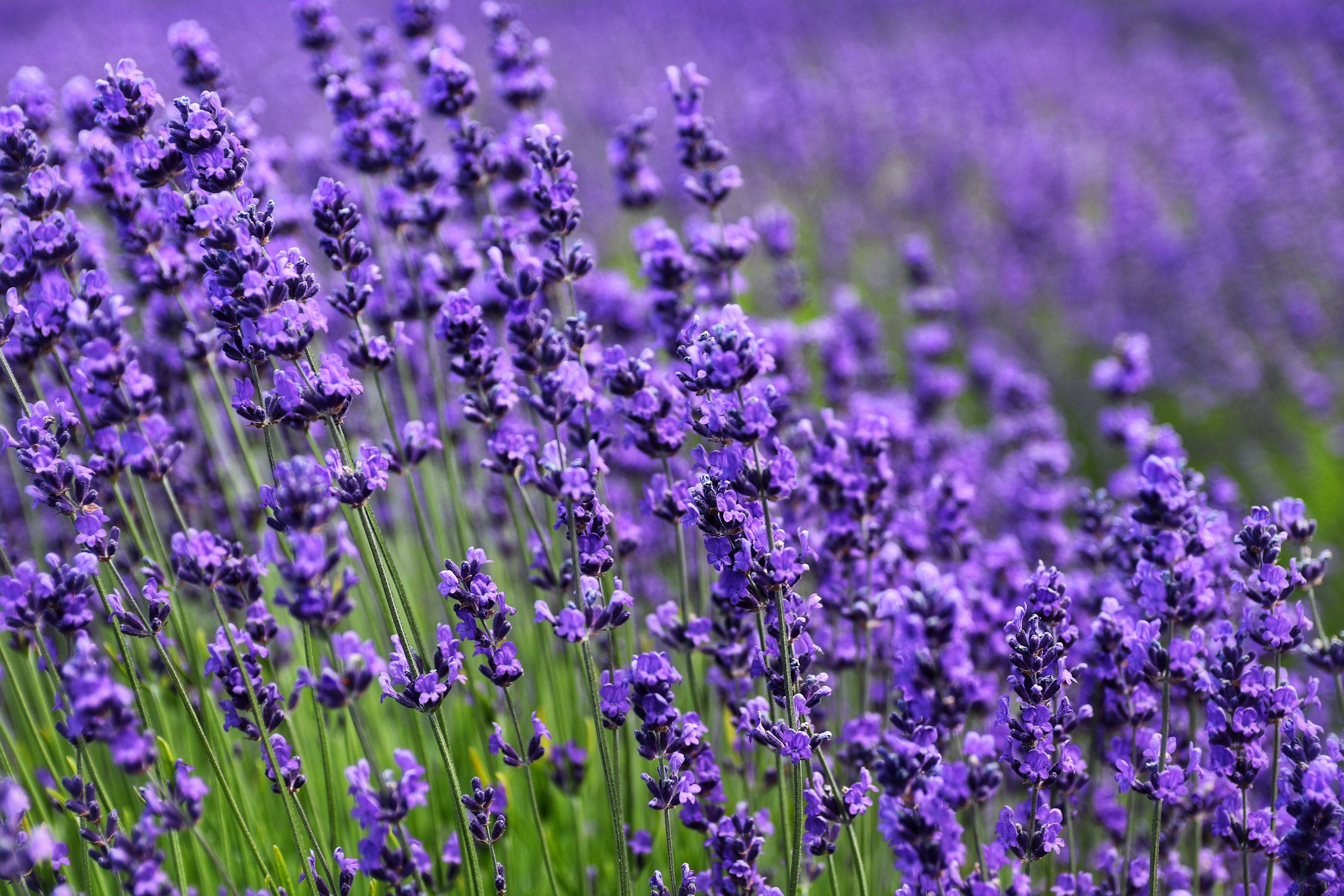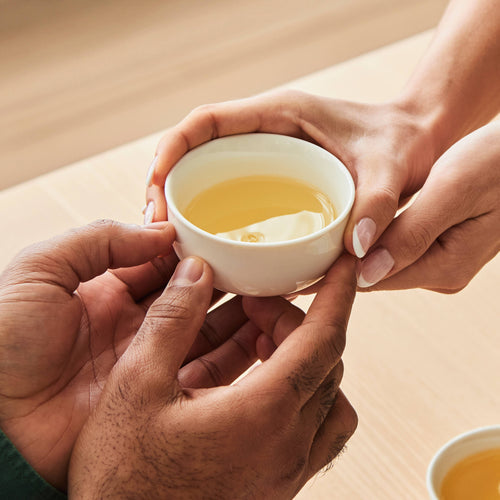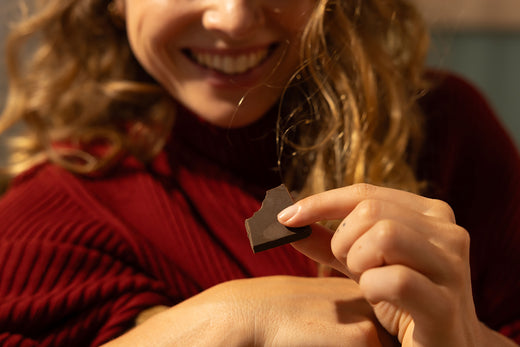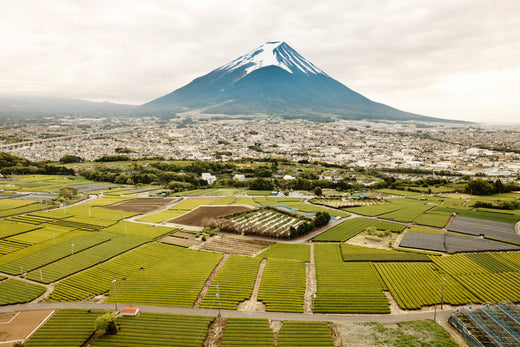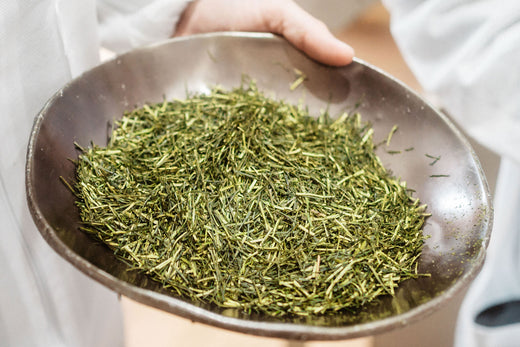Have you yet discovered the unique taste of Genmaicha? The green tea with roasted rice, also known as popcorn tea, is a popular tea blend from Japan. More and more people appreciate this rice tea with its special flavor notes here as well. Learn more about the traditional Japanese green tea.
- Everything you need to know about the Rice Tea
- An Insight into the Origin and History
- How is Genmaicha made?
- Why is Genmaicha also called Popcorn Tea?
- The Flavor Profile of Genmaicha
- How to prepare it ideally
- Food Pairing with Genmaicha: What goes perfectly together?
- What Times is it typically drunk?
Everything you need to know about the Rice Tea
Rice and tea. At first glance, an unusual flavor combination, as you might know tea blends with herbs, spices, or fruits. Japanese rice tea is highly valued in its country of origin and is gaining more popularity around the world. How does roasted rice get into Genmaicha, and what makes the aroma of this special green tea blend so distinctive?

An Insight into the Origin and History
Where does the name of this tea specialty come from? Let's break it down: Genmai means rice, and Cha means tea. This tea originates from the traditional tea-growing region of Kagoshima on the Japanese island of Kyushu. Kyushu is known for its primeval volcanic landscape, with many volcanoes still active. Through their eruption, nutrient-rich ash fertilizes the soil, which is one reason why excellent, flavorful green tea comes from this region.
These tea leaves are used as the basis for Genmaicha production. Looking back into Japan's tea history, Genmaicha was long considered a "poor man's drink." To stretch expensive green tea, roasted rice was added to it. This was more economic and enriched the tea with valuable nutrients. Today, Genmaicha is one of the most consumed teas in Japan and far more than just a cheap alternative; it is a highly esteemed specialty of Japanese tea culture.
How is Genmaicha made?
Tea leaves from the later harvests of the year are used for ordinary Genmaicha. These leaves have a more mature, earthy flavor, which harmonizes with the nutty taste of roasted rice. The two most popular teas used as the base for Genmaicha are Sencha and Bancha.
Sencha Tea
Sencha is a popular everyday tea in Japan and is often referred to when we talk about typical "Japanese green tea." This delicious tea variety is a summer harvest and has had enough time in the sun to mature, developing its unique grassy flavor profile with pleasant sweetness and a subtle, bitter note. The tea leaves are steamed for a very short time after harvest and then rolled into fine needles that beautifully unfold when brewed. Our GRAIN OF TRUTH N°314 is an exceptional Genmaicha based on Sencha. The grassy freshness of this premium Sencha is elegantly matched to the robust aroma of roasted rice.
Bancha Tea
Bancha refers to tea that comes from the last harvest of the season. The mature tea leaves are picked in the fall. Like the summer tea Sencha, Bancha is also briefly steamed and rolled. The matured Bancha is characterized by hearty, full-bodied aromas, which, in combination with roasted rice, create a superb flavor fusion. It develops spicy notes when ground to a fine powder tea like in our HOJICHA POWDER N°331.

Why is Genmaicha also called Popcorn Tea?
Green tea and roasted rice create a unique taste experience for which Genmaicha is highly appreciated. The popular tea of Japan is also called "popcorn tea." The name derives from the process of roasting white rice, which pops similarly to corn during popcorn preparation. The roasted rice gives Genmaicha a characteristic grain-like flavor often associated with popcorn. Its subtle sweet note also reminds of the sweet taste of puffed corn.
The Flavor Profile of Genmaicha
The flavor profile of Genmaicha is unmistakable. What aromas can you expect? Find out here.
This is how the Tea Tastes
What flavors await you in a cup of rice tea? Genmaicha convinces with a malty-sweet taste that spreads across the palate. You can smell its strong, full-bodied aroma while brewing it and a grain-like note that follows. The intense nuances of the tea remain present even after multiple infusions. Try for yourself with our Genmaicha GRAIN OF TRUTH N°314.

How much Caffeine does Genmaicha have?
It is difficult to give a general estimation of the caffeine content of Genmaicha. It always depends on various factors such as the base tea, its origin, cultivation method, and the harvest season. Genmaicha based on Bancha typically has a rather low caffeine content. This is due to the late harvest of Bancha. With extended exposure to sunlight, there is less caffeine in tea leaves. The addition of rice further reduces the caffeine content in Genmaicha, which is why it is also given to children or patients in hospitals in Japan.
How to prepare it ideally
The proper preparation of Genmaicha is particularly important due to its intense aromatic profile. Brew a small amount of tea, a maximum of 2 teaspoons, with water at about 70°C. The low temperature allows the full-bodied aroma to unfold, highlighting both the tea's sweetness and the spiciness of the roasted rice. The steeping time for Genmaicha is relatively short: after just 1.5 minutes you can enjoy it.
The right Teapot for Genmaicha
Each type of tea holds a unique composition of flavors. We want to enjoy these as purely as possible. Your choice of teapot can make a significant difference. You should go for a material such as glass, porcelain, or coated ceramics which are both flavor-neutral and do not absorb the aromas.
With our traditional KYUSU, an original Japanese teapot, you can authentically prepare Genmaicha and brew various green tea varieties. A modern variant is our SUMO TEA POT made of high-quality borosilicate glass for pure tea pleasure.

Food Pairing with Genmaicha: What goes perfectly together?
Food pairing with tea, is that possible? We typically know beverages paired with fine food from wine pairing. Yet tea, with its countless nuances, also finds its way into the culinary world. The spicy Genmaicha is a popular tea pairing in sushi restaurants in Japan. The nutty taste profile of rice tea harmonizes with sushi, buttery fish, or fried tempura specialties. The astringency of the tea cleanses the palate between courses so you can fully enjoy the flavors of the dishes.
The delicious umami of Genmaicha also pairs excellently with dark chocolate. You can try this combination with our GRAIN OF TRUTH tea chocolate. Puffed rice grains embedded in nutty organic chocolate and a hint of green tea create a specialty chocolate.

What Times is it typically drunk?
The special tea creation Genmaicha is prepared at any time of the day in Japan. Enjoy the hearty tea as the first cup in the morning. If it’s made from Bancha, you can also brew it for relaxing evening moments. With its full-bodied, malty flavor profile, Genmaicha is also a popular beverage for social gatherings, inviting you to linger over a cup of tea. Whether as popular popcorn tea or traditional everyday tea: Genmaicha has many admirers in the tea world. Do you also feel like trying this exceptional tea specialty?
